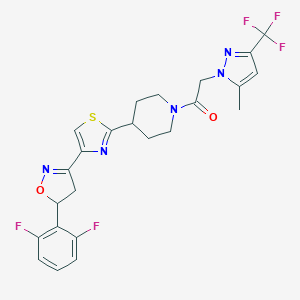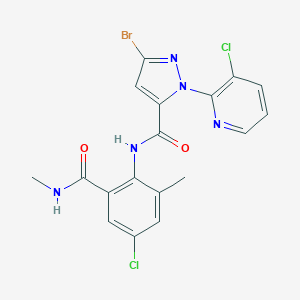Researchers trace phosphorus pollution in Midwestern lake
![]()

The lakes of Midwestern states, such as Minnesota, Wisconsin and Illinois, all have a reputation for being beautiful. This makes them a major draw to nature lovers, fishers and boating enthusiasts – a fact that underscores the importance of maintaining the lakes' health for the sake of the environment and the local economies. Residents and companies near the lake have to be sure to refrain from dumping certain chemical solutions into the water.
One source of environmental pollution that has drawn a lot of attention is agriculture. The large volume of crops grown and livestock raised have attracted attention because of the use of inorganic fertilizers and pesticides. Nutrients such as nitrogen and phosphorus have been known to wash away in runoff and contaminate watersheds. However, when it comes to Lake Pepin, which sits on the border of Minnesota and Wisconsin, researchers from the University of Minnesota concluded that historic industrial use may be more to blame for water pollution than agriculture, as published in the Journal of Environmental Quality.
Why is phosphorus so bad for water?
Similar to nitrogen, phosphorus is a mineral that is often found in agricultural fertilizers. When it ends up in streams, rivers and lakes, it is likely to lead to algal blooms. Any explosion in algae populations will prevent sunlight from nourishing other plants in the waters, which will disrupt the local food chain. Additionally, when the algae die, the decomposition process depletes the oxygen supply in the water. This creates areas known as "dead zones," which are unable to support aquatic life.
In addition to harming the local food chain, algae will also produce toxins that can significantly contaminate drinking water supplies. According to the U.S. Environmental Protection Agency, people who consume algal toxins may develop rashes, gastrointestinal distress, neurological problems and respiratory issues.
Sewage, industry are to blame
The authors of the new study noted that algal blooms have hurt fish and recreational activities in Lake Pepin. They noted that phosphorus seemed to be the biggest factor driving algae growth in the lake. To better understand the source of phosphorus pollution, they investigated the sediments upstream of Lake Pepin. Ultimately, they discovered that, before 1850, selective water transport of finer sediments over heavier sediments – the former of which had more phosphorus – was responsible for most of the phosphorus in the lake. After 1850, local businesses played a major factor, and none of them were agricultural.
"Our research shows that [for Lake Pepin] most sediment phosphorus is likely the sewage and industrial phosphorus that was picked up by riverbank sediments," study co-author Satish Gupta, a University of Minnesota professor, said in a statement.
Instead of agriculture, meat processing was the likely source of phosphorus contamination, and several plants were built in the area after 1850. Additionally, the lack of sewage treatment plants before the 1930s meant that "all domestic raw sewage and industrial waste was dumped in the rivers upstream of Lake Pepin," Gupta said.
In the interest of reducing phosphorus pollution in the lake, the study authors recommended upgrading sewage treatment plants, which can be a major contributor to contamination. Specifically, plants need to be upgraded near the Twin Cities area, and all along the Minnesota and Mississippi river basins upstream of the lake.
Part of what is complicating matters is the fact that there are numeric water quality standards for phosphorus and algae, but not nitrogen, when it comes to lakes in Minnesota, according to the Minnesota Center for Environmental Advocacy. Furthermore, no such policies exist to help protect rivers and streams in the state.
For over 38 years Greyhound Chromatography has been supplying high quality Chromatography consumables to laboratories around the world. Greyhound’s extensive range covers all areas of Environmental, Petrochemical, Food, Forensics, Chemical and Pharmaceutical analysis. Backed by a highly experienced technical services team, Greyhound is the preferred source amongst today’s analysts.
What's New from Chem Service
Chem Service Certified Reference Standards
Established in 1962 Chem Service is the largest independent supplier of Analytical Reference Materials and the original source of small quantities of organic chemicals. Chem Service also has over 2,000 Pesticide Standards, including Pesticide Standards for Cannabis in its catalogue. Chem Service offers Custom made Standards manufactured to your specific requirements, all standards are accredited to ISO 17043:2016; ISO/IEC 17025:2005; ISO 9001:2015 Quality Management System.
Over 95% of Chem Services’ neat Standards Grade materials have a purity of 98.0% or greater.
Chem Services’ worldwide customers are found in the chemical, government, food quality, agricultural and life science research communities.
Pesticide Reference Standards recently added to our website:
2,3',4',5-tetrabromodiphenyl ether(BDE 70) Solution (CAS # 446254-39-3)
o,o,o-Tripropyl thiophosphate (CAS # 2272-08-4)
2,6-Dibromobiphenyl ether (BDE 10) Solution (CAS# 51930-04-2)
Uses: Flame retardant
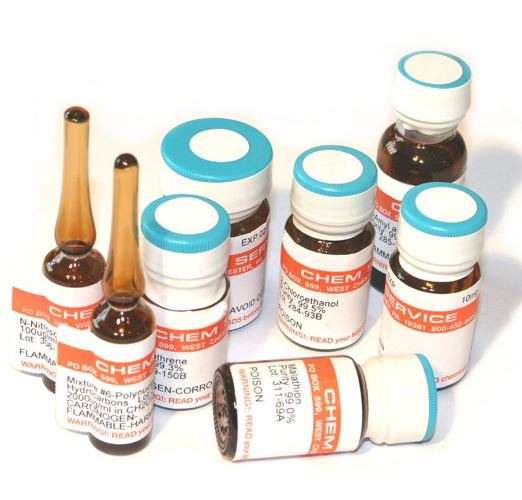
Oxathiapiprolin (CAS# 1003318-67-9)
Part Number : N-14266-10MG
CAS#: 1003318-67-9
Chemical formula: C24H22F5N5O2S
Pesticide type: Fungicide
Substance group: Piperidinyl thiazole isoxazoline
Mode of action: Systemic, preventative with residual disease control. It acts via an oxysterol binding protein.
2-Bromodiphenyl ether (BDE 1) Solution (CAS# 7025-06-1)
Chlorantraniliprole (CAS # 500008-45-7)
Part #: N-11422-25MG
Cas: 500008-45-7
Molecular Formula: C18H14BrCl2N5O2
Pesticide type: Insecticide
Substance group: Anthranilic diamide
Mode of action: Exhibits larvicidal activity as an orally ingested toxicant by targeting and disrupting the Ca2+ balance; Ryanodine receptor (Group 28)
Chlorantraniliprole Solution (CAS # 500008-45-7)
Part Number: S-11422A1-1ML
Cas: 500008-45-7
Please visit our website to see pricing for Chem Service products. You may benefit from a discount to the prices shown if you are placing orders for multiple items, please contact sales@greyhoundchrom.com for a quotation. Please note you will be required to register to the website in order to view prices.
CONTACT US
Tel: +44 (0) 151 649 4000
Email: marketing@greyhoundchrom.com
FOLLOW US
YOU MAY ALSO BE INTERESTED IN OUR NEWSLETTER
About The Author
Susan Massie, Sales & Marketing Director, Greyhound Chromatography and Allied Chemicals Email: sue@greyhoundchrom.com
Susan Massie is the Sales & Marketing Director for Greyhound Chromatography and Allied Chemicals, affectionately known as 'Greyhound' in our scientific community. Greyhound was founded by Susan's husband Paul Massie almost 40 years ago, Susan hasn't been in the business for all of that time but has been involved with Greyhound for over 17 years. Greyhound continues to grow, expanding into new markets and taking on the challenges of our ever changing environment. It's heartwarming to witness the world waking up to the fact that we are damaging our planet on a daily basis. Every action we take has a direct effect on our planet and the world we leave behind for future generations. Susan is passionate about climate change and is happy to work in an industry that can have a direct effect on reducing the impact of our actions on the environment. All of the team at Greyhound take our responsibilities very seriously, the products that we supply are used by the world's leading scientists and chemists as they endeavour to monitor and repair the environment. All is not lost, if we all take responsibility for our actions, from reducing our waste and reusing or recycling our material collateral we can make a difference. The internet is full of useful advice and guidance, Susan is proud to contribute to that wealth of knowledge whenever she can.
Greyhound prides itself on personal service which provides prompt, efficient, cost-effective, safe delivery of all products. Greyhound provides technical advice and distribution of Certified Reference Standards and Materials, Laboratory Consumables, Solvents and Reagents across all scientific disciplines. Greyhound Chromatography offers over 1 Million products from its UK warehouse. The team at Greyhound are proud to support the work of the world's leading scientists and chemists as they challenge the abuse of our planet and try to make a difference to the world we leave behind for our ancestors.
You can view Susan's Linked In Profile here https://www.linkedin.com/in/susan-massie-79ab4121/


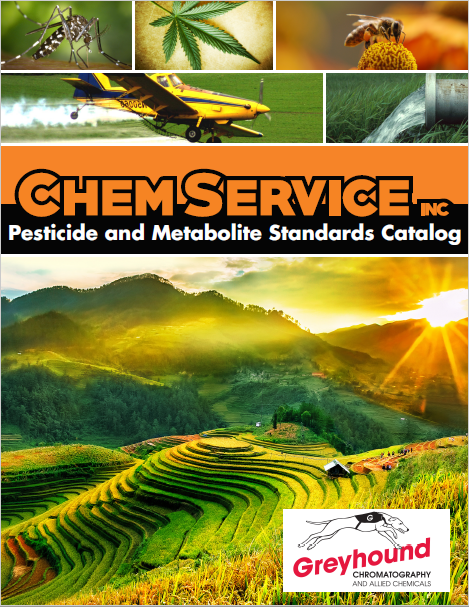
.jpg)
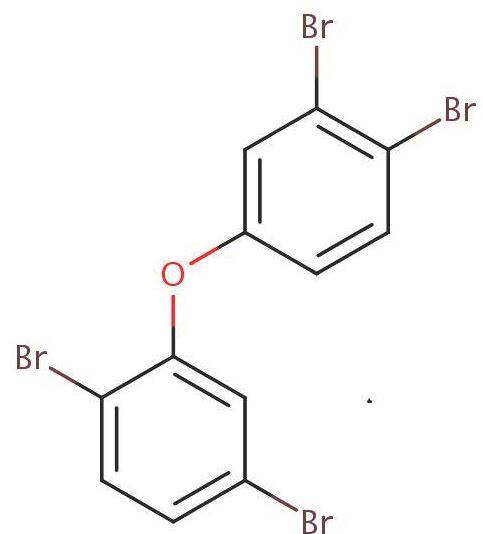

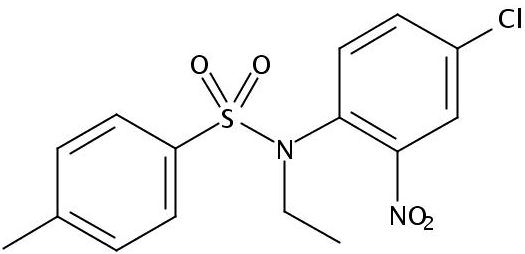
 Solution 3.PNG)
